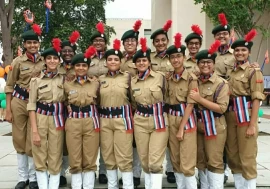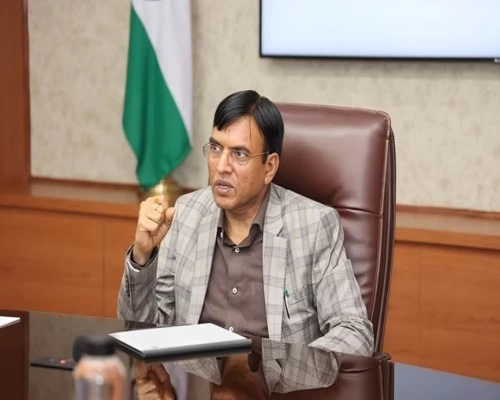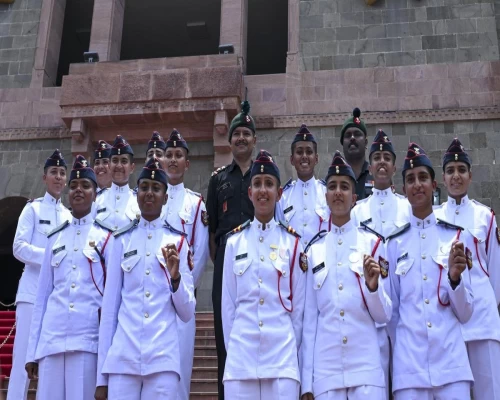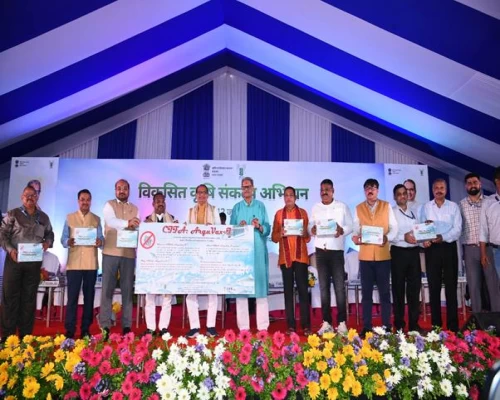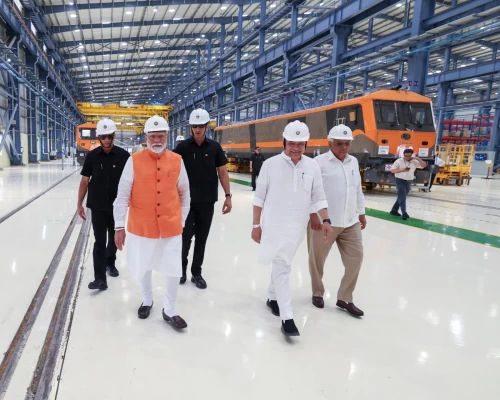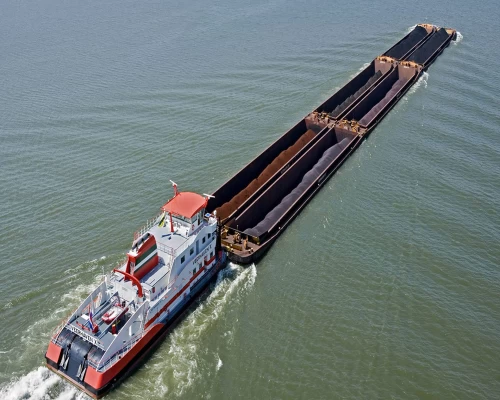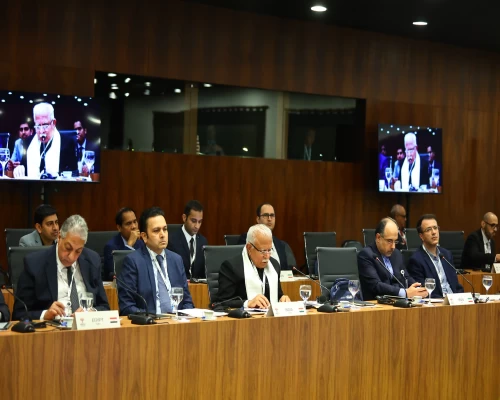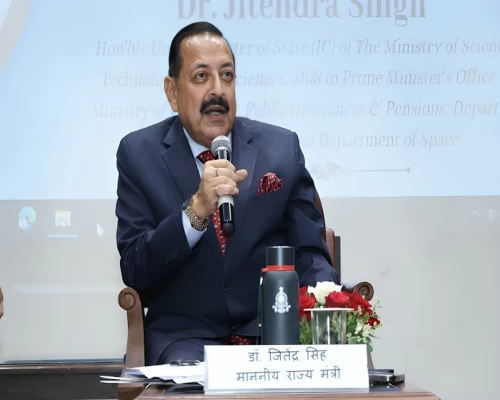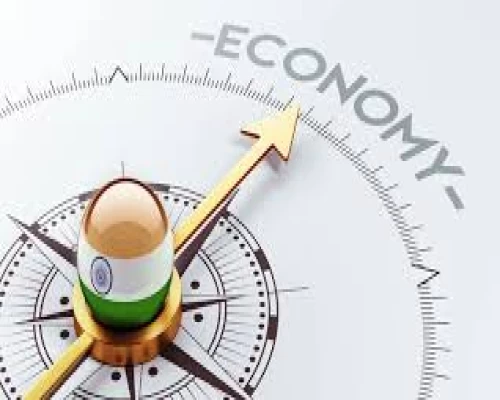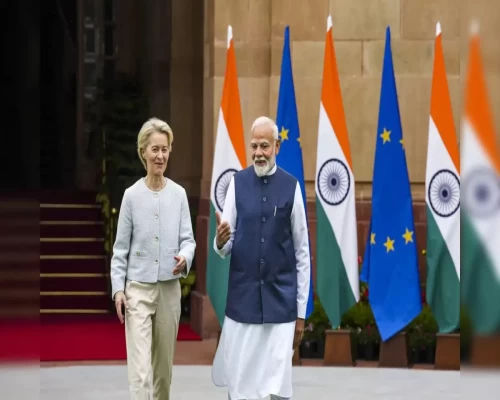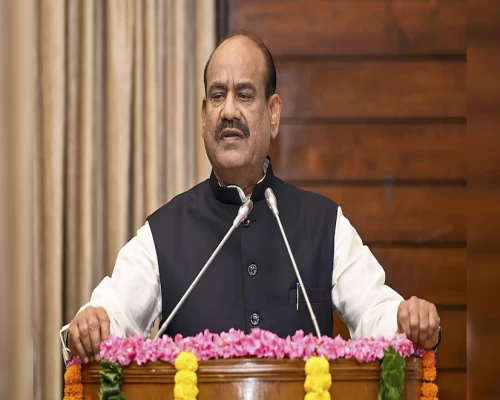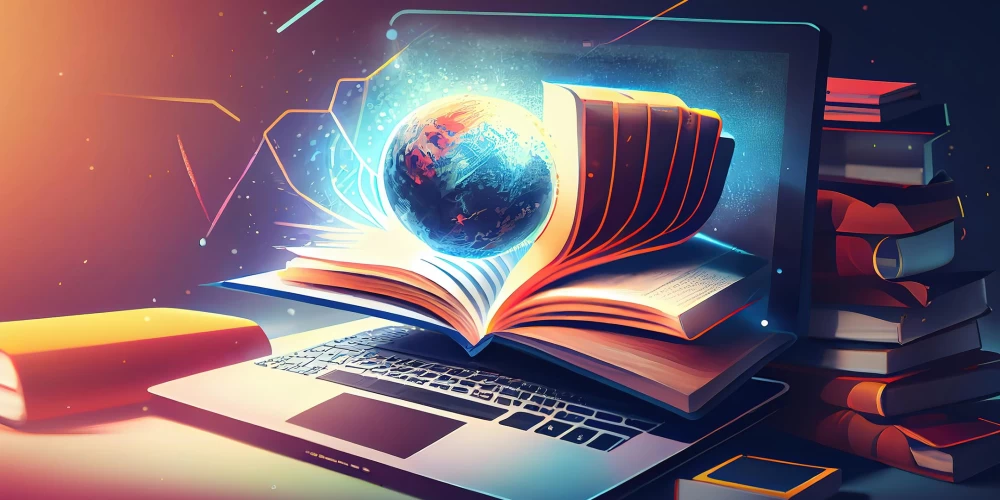
New Delhi: In a progressive step to advance the nation’s literacy goals, the Department of School Education and Literacy, Ministry of Education, Government of India, has communicated a refined and comprehensive description of literacy tailored to the Indian context. This initiative aligns with the objectives of the National Education Policy (NEP) 2020 and aims to expedite the attainment of full literacy across all States and Union Territories under the ULLAS - Nav Bharat Saaksharta Karyakram. It also supports SDG 4.6, which is about ensuring that all youth and a substantial proportion of adults, both men and women, achieve literacy and numeracy by 2030.
The Education Minister, Dharmendra Pradhan, while addressing the gathering on 6 February 2024 at the ULLAS Mela in New Delhi, expressed that the ULLAS scheme lays the foundation for a Viksit Bharat and underscores the crucial role that literacy plays in realising this vision, as envisioned by Prime Minister Narendra Modi.
The National Education Policy (NEP) 2020, while discussing Adult Education, mentions in paragraph 21.4:
"Strong and innovative government initiatives for adult education - in particular, to facilitate community involvement and the smooth and beneficial integration of technology - will be effected as soon as possible to expedite this all-important aim of achieving 100% literacy." It underscores the correlation between literacy rates and per capita GDP, highlighting the disadvantages faced by non-literate individuals in various aspects of life, such as financial transactions, job applications, comprehension of media and technology, understanding of rights, and participation in higher productivity sectors.
In light of this, the Department has recognised the necessity of establishing a clear and inclusive definition of literacy that extends beyond basic reading and writing skills. Literacy will now be defined as "the ability to read, write, and compute with comprehension, i.e., to identify, understand, interpret and create, along with critical life skills such as digital literacy, financial literacy, etc." This approach ensures that individuals are equipped to fully engage in and contribute to society. The Department has also set a benchmark for what constitutes 100% or full literacy within the Indian context: "Achieving ninety-five per cent literacy (95%) in a State/UT may be considered as equivalent to fully literate." This enhanced definition was developed through a collaborative process involving experts from NCERT and UNESCO, among other experts. The consensus reached during a recent meeting, chaired by senior educational advisors, underscores the need for a literacy framework that meets global standards while being firmly rooted in India's unique socio-cultural landscape.
The introduction of this definition marks a significant milestone in India's journey towards full literacy. It reinforces the Government's commitment to ensuring that every citizen has the opportunity to attain the foundational skills necessary for personal and societal advancement, along with financial and digital literacy and critical life skills. The recent achievement of over 97% literacy in the Union Territory of Ladakh under the ULLAS scheme further demonstrates the effectiveness of these efforts and sets a benchmark for others to emulate.
The Government of India calls upon all stakeholders to renew their efforts in promoting literacy and to work collaboratively towards the shared goal of achieving a fully literate nation. This initiative represents a critical step in fulfilling the vision outlined in the NEP 2020 and in ensuring that Bharat continues to make strides toward reaching full literacy by 2030 with ULLAS, making Jan Jan Saakshar. /BI
Also Read:


